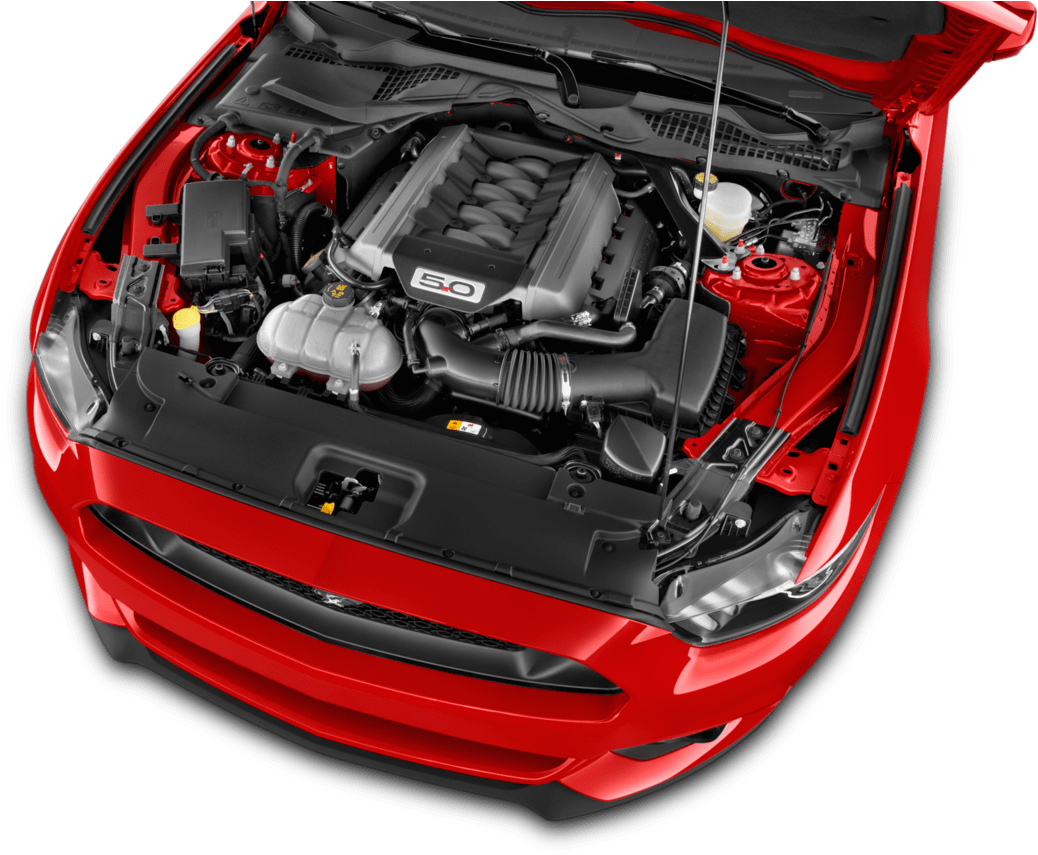Discovering the Inner Operation of a Compact Lorry's Engine System
As motorists, we often take for given the complex processes that occur within the confines of our automobile's engine system. In this expedition of a portable vehicle's engine system, we will unravel the inner workings of this mechanical harmony, shedding light on the mysteries that drive us forward on our everyday journeys.
Burning Refine Introduction
The burning process in a portable vehicle's engine system is an essential mechanism that successfully transforms fuel into power to power the vehicle. This procedure happens within the burning chamber of the engine, where fuel and air mix, spark, and create regulated surges. The combustion process consists of four major stages: consumption, power, compression, and exhaust.
Throughout the intake stage, the piston relocates downward, drawing in a blend of air and fuel right into the burning chamber. This downward activity produces the power required to drive the vehicle. This cyclic burning procedure is basic to the procedure of a portable automobile's engine system, guaranteeing reliable power conversion for propulsion.
Piston and Cyndrical Tube Interaction

The piston's exact fit within the cyndrical tube is essential for maintaining ideal compression and preventing energy loss during combustion. Limited clearances in between the piston and cylinder wall surfaces guarantee reliable sealing, permitting the piston to move smoothly without allowing gases to leakage past. Correct lubrication is likewise essential to lower friction and use between these elements, improving durability and performance.
Additionally, the design and materials made use of in making the piston and cyndrical tube effect engine effectiveness and durability. Modern engines often use light-weight yet resilient materials like light weight aluminum alloys for pistons and cyndrical tube liners to decrease inertia and enhance thermal performance. On the whole, the unified interaction in between the piston and cyndrical tube is fundamental to the engine's capability and total performance.
Fuel Shot System Performance
Fuel shot systems in small vehicle engines play a crucial duty in specifically providing gas to the burning chamber for efficient and regulated ignition. The gas injection system operates by injecting gas into the burning chamber at the optimal moment throughout the engine's procedure (opel corsa engine). This exact timing ensures that the fuel blends evenly with the air for correct combustion, resulting in enhanced gas efficiency and decreased discharges
There are mostly 2 sorts of gas shot systems used in small automobile engines: port fuel shot (PFI) and direct gas injection (DFI) PFI systems infuse fuel into the intake port before the consumption valve, while DFI systems infuse gas directly right into the burning chamber. Both systems have their benefits, with DFI providing better fuel atomization and PFI offering an extra cost-efficient solution.
Understanding Engine Cooling Systems
Efficient operation of a compact car's engine depends greatly on the effectiveness of its cooling mechanisms. Engine air conditioning is vital to protect against overheating, which can result in severe damages and lowered efficiency. The air conditioning system in a compact lorry generally contains numerous parts collaborating to manage the engine temperature. One important part is the radiator, which utilizes coolant to soak up warmth from the engine. As the warm coolant moves through the radiator, it launches warmth right into the air, cooling down prior to going back to the engine. The water pump distributes the coolant with the engine and radiator, ensuring a constant circulation to control temperature level. In addition, the thermostat helps manage the coolant flow to preserve optimum engine temperature level. Some vehicles also have cooling fans that activate when added air conditioning is required, such as throughout rush hour or heat. Recognizing these engine air conditioning systems is important for maintaining the performance and longevity of a compact car's engine system.

Exhaust System Parts Explained
The optimum performance of a compact vehicle's engine air conditioning systems depends on a complementary system called the exhaust system, which comprises numerous essential you could look here parts for making sure effective emissions and engine efficiency. The exhaust system includes elements such as the exhaust manifold, catalytic converter, muffler, and tailpipe. The exhaust manifold collects exhaust gases from the engine's other cyndrical tubes and paths them to the catalytic converter. The catalytic converter then converts unsafe contaminants in the exhaust right into less hazardous discharges prior to releasing them via the muffler and tailpipe.
One essential element of the exhaust system is the oxygen sensing unit, which keeps track of the oxygen degrees in the exhaust gases to assist manage gas usage and ensure ideal engine efficiency. opel corsa engine. In addition, the resonator may exist in some exhaust systems to lower sound levels. In general, the exhaust system plays an essential role in maintaining engine effectiveness, decreasing damaging discharges, and ensuring a quieter driving experience for portable automobile owners

Conclusion
Finally, the portable automobile's engine system is a complex combination of parts that function together to facilitate the combustion process, convert gas right into power, and remove waste gases. Comprehending the internal functions of the engine system, including the piston and cyndrical tube interaction, gas injection system, engine air conditioning devices, and exhaust system elements, is important for preserving optimum performance and efficiency of the vehicle.
The combustion procedure in a compact car's engine system is a vital device that efficiently converts gas right into energy to power the car.Gas injection systems in small lorry engines play a vital duty in precisely delivering fuel to the combustion chamber for reliable and regulated ignition.There are primarily two kinds of gas shot systems made use of in click this portable lorry engines: port fuel injection (PFI) and direct gas shot (DFI) Recognizing these engine cooling mechanisms is important for preserving the performance and longevity of a portable vehicle's engine system.
The optimal functioning of a portable vehicle's engine cooling mechanisms depends on a corresponding system recognized as the exhaust system, which makes up various important parts for making sure reliable discharges and engine performance.